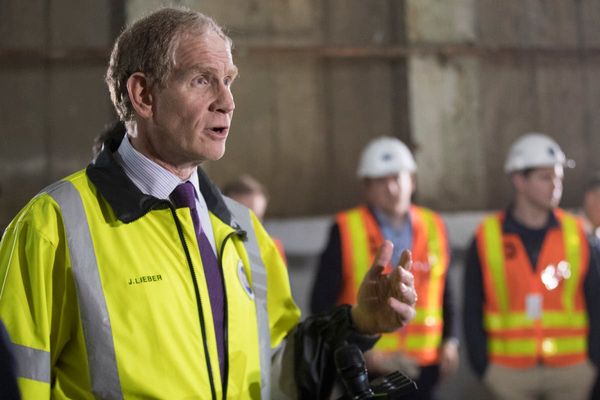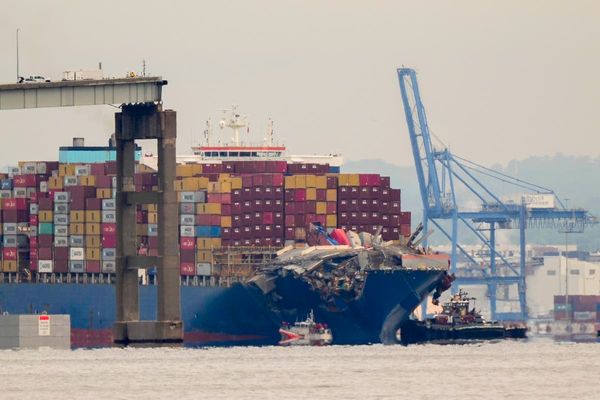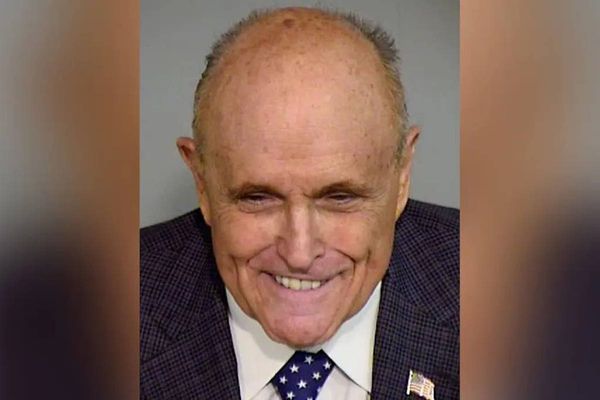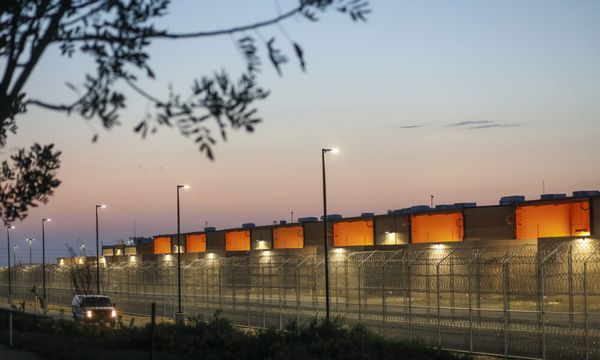
As a seventh wave of Covid takes hold in France, the city of Nice has issued a municipal decree making masks once again compulsory on public transport.
Announcing the measure Wednesday morning on RTL radio, Nice Mayor Christian Estrosi said the decision had been taken in coordination with other mayors from the greater Nice region.
“From Monday … everyone will be obliged to wear a mask on the entire transport network of the metropolis,” Estrosi said.
In implementing the order, Nice is going a step beyond the recommendations by France’s national government.
While the Prime Minister and Health Minister have asked members of the public to wear masks in “high-risk places”, such as on transport, there has been no question of imposing it.
Estrosi said the rest of the country would likely be forced to follow suit given more than 200,000 daily infections had been recorded.
“We can see that we are on a seventh wave that is skyrocketing and that is taking us towards a high-risk back-to-school period,” he added.
Predictions difficult
Epidemiologists have warned the virus trajectory for the months ahead was unpredictable and difficult to chart because of the large number of parameters to consider.
With each virus wave, experts look to establish when the peak will occur before the curve will finally start to fall again.
Despite the rise in infections and hospital admissions brought on by the highly contagious BA.5 sub-variant of the Omicron strain, it is unsure how high and how far the curves will rise.
Jean-François Delfraissy, head of the Scientific Council that advises the government on its covid policy, told RTL the epidemic peak could occur at the end of July.
Just two weeks ago he had bet on the peak arriving by the end of June. "It is a bit haphazard,” he said of his revised prediction.
Another member of the council, Arnaud Fontanet, told Le Parisien daily that peaks were calculated by parameters including vaccine coverage, those who have recovered from the virus, the decline in vaccine effectiveness over time and the behaviours of new virus variants.
"In October 2020, there were 10 or 15 percent of people infected and nobody was vaccinated - it was simple,” Fontanet said.
“Today, we have different infection and vaccination rates depending on the age group, with varying risks of severe forms, as well as a new variant that can reinfect more easily, but about which we do not yet know everything.”







